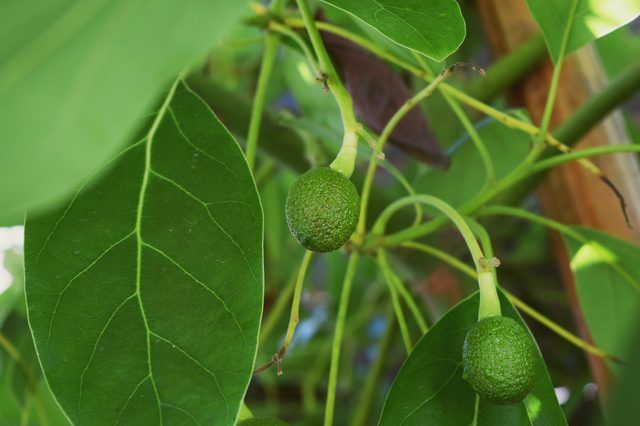Bulbs
Flower Basics
Flower Beds & Specialty Gardens
Flower Garden
Garden Furniture
Garden Gnomes
Garden Seeds
Garden Sheds
Garden Statues
Garden Tools & Supplies
Gardening Basics
Green & Organic
Groundcovers & Vines
Growing Annuals
Growing Basil
Growing Beans
Growing Berries
Growing Blueberries
Growing Cactus
Growing Corn
Growing Cotton
Growing Edibles
Growing Flowers
Growing Garlic
Growing Grapes
Growing Grass
Growing Herbs
Growing Jasmine
Growing Mint
Growing Mushrooms
Orchids
Growing Peanuts
Growing Perennials
Growing Plants
Growing Rosemary
Growing Roses
Growing Strawberries
Growing Sunflowers
Growing Thyme
Growing Tomatoes
Growing Tulips
Growing Vegetables
Herb Basics
Herb Garden
Indoor Growing
Landscaping Basics
Landscaping Patios
Landscaping Plants
Landscaping Shrubs
Landscaping Trees
Landscaping Walks & Pathways
Lawn Basics
Lawn Maintenance
Lawn Mowers
Lawn Ornaments
Lawn Planting
Lawn Tools
Outdoor Growing
Overall Landscape Planning
Pests, Weeds & Problems
Plant Basics
Rock Garden
Rose Garden
Shrubs
Soil
Specialty Gardens
Trees
Vegetable Garden
Yard Maintenance
Different Types of Avocado Trees
Avocados, including Mexican varieties, Guatemalan types and West Indian types are also divided into two broader types, called A and B.
Avocados (Persea americana) and (Persea nubigena), which grow in U.S. Department of Agriculture plant hardiness zones 9b or 10 through 11, are divided into three groups based on the country they came from. They are Mexican avocado (Persea americana var. drymifolia Blake), Guatemalan avocado (Persea nubigena var. guatamalensis L. Wms.) and West Indian avocado (Persea americana Mill. var. americana). Within each type you can find different cultivated varieties.

Tip
Avocado trees are typically listed as either 'A Type' or 'B Type'. This indicates when the flowers open and are receptive to pollen. Type A opens in the morning, then closes, and opens again the next afternoon. Type B is the opposite, they open in the afternoon, then close and open again the next morning. Commercial growers use this differentiation to plant a combination of both for pollination reasons. The type depends on the cultivar rather than the country of origin type of avocado. For example both Mexicola' (Persea americana 'Mexicola') -- a cultivar of Mexican type avocado, and the Guatemalan type cultivar 'Pinkerton' (Persea nubigena 'Pinkerton') are type A.
General Growth Habits
Avocado trees typically grow 30 to 40 feet tall, though they can get up to 80 feet tall. The flowers, which bloom in midwinter through early spring on all three types, have both male and female genetic material. After the primary winter flowering period, you may see additional flowers through the year.
Mexican Type
Mexican type avocado trees can take some below-freezing weather, generally surviving lows of 19 to 20 degrees Fahrenheit. These trees thrive in the Mediterranean and sub-tropical climates with dry summers and moist, mild winters. The thin-skinned black or dark green fruit of a Mexican type avocado tree weighs about 6 to 10 ounces. Mexican type avocado trees are ready for harvest six months after flowering.
Mexican Type Cultivars
'Mexicola' (Persea americana 'Mexicola') and 'Mexicola Grande' (Persea americana 'Mexicola Grande') are two similar cultivars in the Mexican type group. 'Mexicola' has smooth-skinned 5-ounce fruits and can survive winter temperatures down to 20 degrees F. 'Mexicola Grande' is a cultivar similar to 'Mexicola' with slightly larger fruit and cold tolerance to 18 degrees F.
'Puebla' (Persea americana 'Puebla'), which produces in the winter, has dark purple-skinned avocados that weight up to 18 ounces when mature. This Mexican variety can take winter lows of 29 degrees F.
Guatemalan Type
Avocado trees in the Guatemalan group tolerate winter temperature lows of 26 to 30 degrees F. A characteristic of this type of avocado is the pebbly surface of the skin. As the avocados ripen, they turn from bright green, to dark green or black. Guatemalan type avocados keep well when refrigerated, typically lasting up to one month after harvest. It takes up to 18 months for avocados to mature after flowering on Guatemalan trees.
Guatemala Type Cultivars
'Hass' avocados (Persea nubigena 'Hass') have black pebbly skin when they ripen in the summer. This cultivar ships and stores well and is a common type found in grocery stores. Hass avocado trees belong to the Guatemalan type and are hardy to 26 degrees F.
'Pinkerton' (Persea nubigena 'Pinkerton') has the pebbly skin characteristic of the Guatemala type avocados and produces 7-ounce fruits in late fall. This cultivar can survive winter lows of 30 degrees F.
West Indian Type
West Indian type avocados require a humid, hot frost-free climate to grow successfully. Temperatures at or below freezing will damage or kill this type of avocado tree. In the right climate, these trees produce large fruits with bright green skin and creamy texture. A West Indian type avocado can weigh up to 2 pounds.
West Indian Type Cultivars
One West Indian type that can take a light frost is the cultivar 'Lula' (Persea americana 'Lula'. This cultivar produces in the spring when the branches support numerous 20-ounce avocados. 'Lula' can survive winter lows of 28 degrees F.